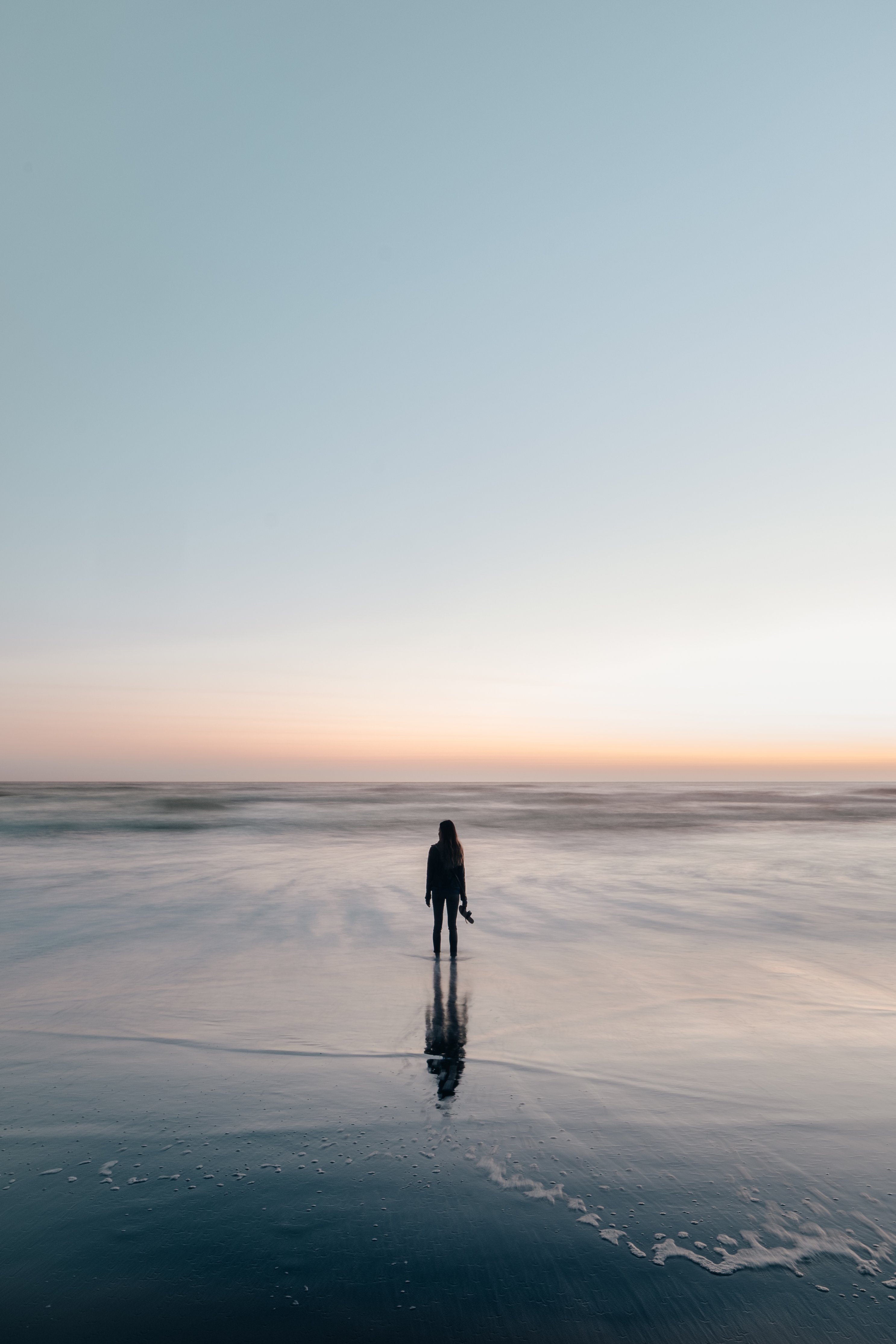Have you ever wondered what life would be like without frustrations, disappointments, unmet expectations or challenges? I don’t know anyone that has lived that kind of life. It might be pretty stagnant without those experiences that teach you new lessons, helps you to grow and moves you from where you are to where you need to go. I have often dreamed of those days when there were no problems, no drama, and no issues. It is on those very days that I reflect on the good things which challenges and changes have brought into my life. So, how do we embrace challenges and change minimizing fear, anxiety, and the stress that usually accompanies challenges and change? First, we must understand the change process and then, develop new ways of accepting challenges and change into one’s life.
Change consultant, William Bridges, makes a distinction between change and transition in his book, “Managing Transitions.” The model indicates the difference is subtle but important. Whether you’re going through a change (situational) or a transition (an inner psychological process), there are some common threads and ways to endure.
I choose to see any potential change that I encounter as a bridge. At the beginning of the bridge I stand to face a perceived problem – a need to deal with something in a different way, a change thrust upon me (whether wanted or unwanted), a loss, or the simple realization that a change is happening. At the beginning of the bridge, as I look across the terrain, I reflect, react, or rebel until I can accept the idea that things are about to change and I will be able to move forward. Then, I can begin to view the bridge’s path and take a few steps forward. I clearly remember my divorce and how many days I lingered on the bridge hoping I could turn the situation around. Then, there was the loss of a job. Even though I had no passion for it, I wallowed in the hurt until I finally got still and realized it was the best thing that could happen to me.
The challenge in getting across the bridge to the other side is managing our emotions. In the crossing, we need to experience the fear, frustration, disappointment, hurt or tears. We also need to share these emotions with a mentor or confidante. In exposing our emotions, we are able to let them go and free the spirit to empty in order to be filled. Have you ever had a good cry? A time when your eyes are filled with despair and your heart actually hurts with each beat? That’s the body’s way of letting go and afterward, it feels so good and you are free.
Once you are able to tap into and feel your emotions, you are able to enter the stillness – cleansed and ready for the next step. It is during the stillness, when you stand in the middle of the bridge, that you can clear your heart and mind and begin to look forward to the future, knowing a new beginning is coming. Without experiencing the stillness, you simply vacillate in your emotions, unable to make a decision or move forward. During the stillness, in the quiet time and space, you are able to gather resilience, determination, and hope.
It is also during the stillness that you can create a new vision of what you want the future to look like – a new life destination. When you turn your back on the endings and losses, experience resilience in the stillness and have dealt with the emotions, you are ready to proceed and move on to another adventure.
Envisioning Challenges and change as a bridge enable us to manage the journey while feeling that we are in control of our future. We can walk through difficulties and get on the other side and once on the other side, we will see a better life ahead.
Gerry J. Tucker


